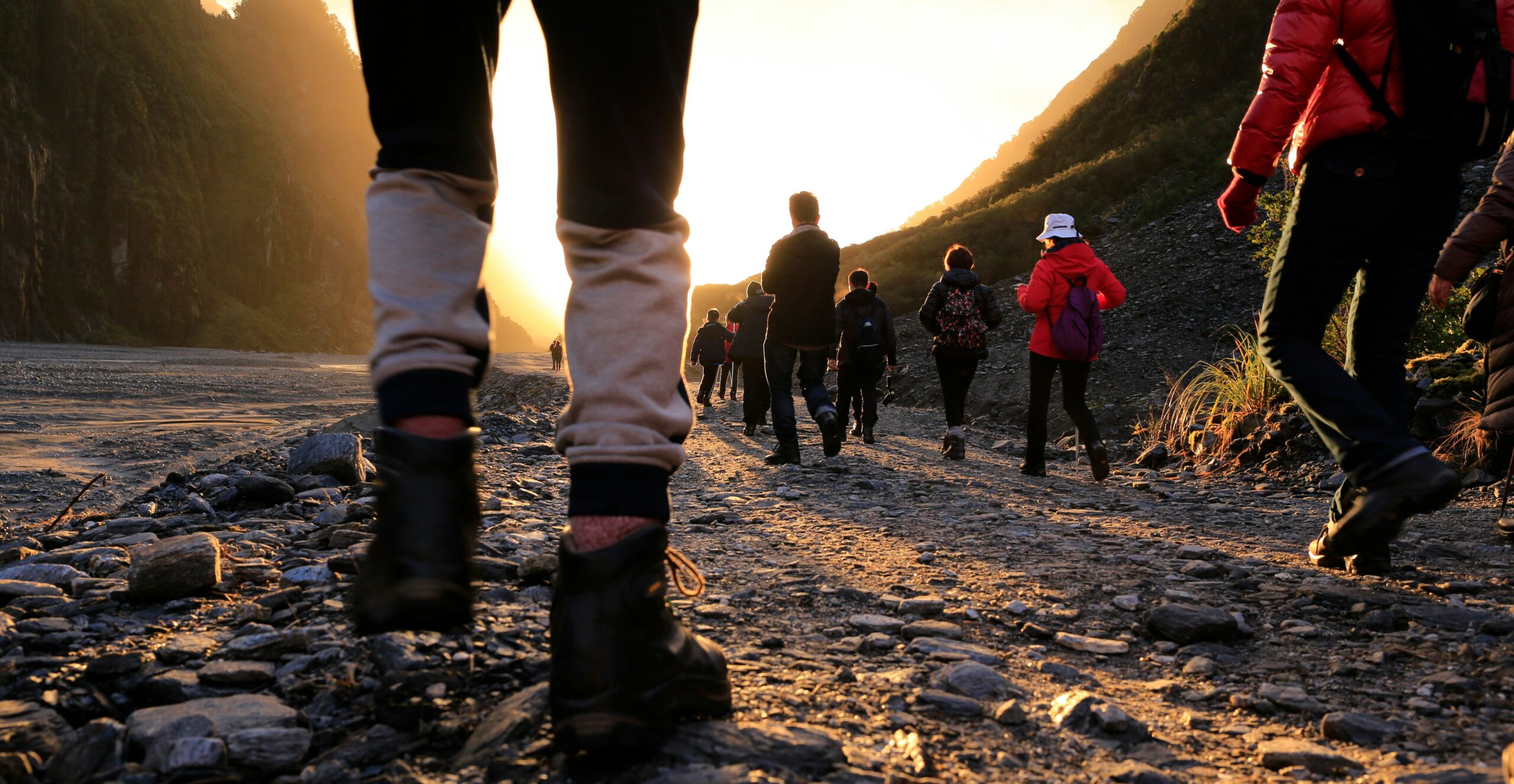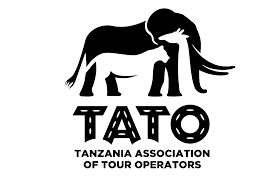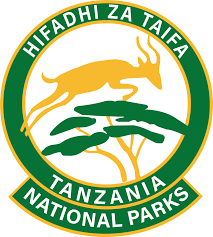Preparing for the Kilimanjaro summit is an exciting yet challenging process that requires careful planning, physical conditioning, and the right equipment. Climbers should start training several months in advance, focusing on cardiovascular fitness, strength, and endurance. Hiking on varying terrain, including uphill climbs, helps condition the body for the mountain’s steep and rugged paths. It’s also important to build leg strength and stamina, as the summit is at 5,895 meters (19,341 feet), and the higher altitude can cause fatigue and shortness of breath. Training with a loaded backpack is essential to simulate the weight you’ll carry during the climb.
Physical Conditioning
To prepare for the summit, climbers should begin training several months in advance. The focus should be on cardiovascular fitness, strength, and endurance. Hiking on varying terrain, especially uphill climbs, helps condition the body for the mountain’s rugged paths. Leg strength and stamina are key as you will be facing significant elevation.
The summit sits at 5,895 meters (19,341 feet), which means the higher altitude can lead to fatigue and shortness of breath. Training with a loaded backpack simulates the weight you’ll carry during the climb. Also, practicing with trekking poles is crucial for stability, especially on the descent, and helps reduce knee strain.
Nutrition and Hydration
A well-balanced diet is crucial for maintaining energy throughout the climb. Focus on foods rich in protein, healthy fats, and carbohydrates. Hydration is equally important, as altitude can quickly lead to dehydration. It’s essential to drink plenty of water before and during the trek to stay energized and avoid any complications.
Acclimatization and Altitude Awareness
Understanding how altitude affects your body is critical. Acclimatization helps prevent altitude sickness. Climbers should ensure they allow enough time for rest and gradual ascension to higher altitudes. Maintaining a steady pace is essential, and climbers should never rush, as doing so can increase the risk of altitude sickness.
Mental Preparation
In addition to physical preparation, mental readiness is vital for the climb. Kilimanjaro presents harsh conditions such as extreme cold, snow, and strong winds as you near the summit. Visualization, breathing exercises, and setting achievable goals can help keep you focused and motivated throughout the journey.
Proper Gear
The right gear is necessary for a successful ascent. Climbers need to pack layers of clothing to handle the mountain’s varying temperatures. Essential items include moisture-wicking base layers, insulating layers, and a waterproof outer layer. At higher elevations, snow and ice are common, so don’t forget warm clothing, gloves, a hat, and insulated boots.
High-Energy Foods
Energy bars, nuts, and trail mix are great options for fueling yourself during long days on the mountain. These foods are portable, nutrient-dense, and easy to consume while hiking.
Choosing the Right Route
There are various routes to the summit, each offering different levels of difficulty. Routes like Machame, Lemosho, and Rongai are popular for climbers aiming to reach the top. Select a route based on your fitness level, time constraints, and the challenges you’re ready to face.
Guide and Porter Support
Hiring a reputable guide and porters is essential for safety, navigation, and logistical support during the climb. They ensure your journey is smooth, well-managed, and safe.













